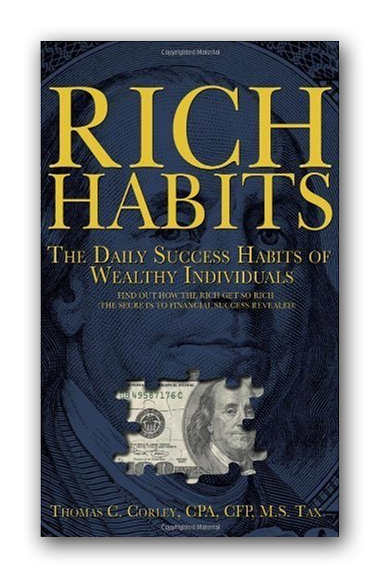
A paper recently published by the University of Cologne in Germany in the May 2015 Journal of Personality and Psychology, in which more than 68,000 Americans and Europeans were studied, found that pessimism causes poverty.
The study noted that pessimism makes you wary of trusting others. It went on to argue that when you see people in a pessimistic light – untrustworthy, self-interested and deceitful – you are less likely and less willing to rely on others.
Those in the study who were the most pessimistic, also happened to be the poorest. If you are wary about trusting others, you’re likely to have a lower income now and in the future, the study concluded.
Conversely, those in the study who were optimistic and had a more trusting view of others, had a higher income than the pessimists. Pessimists miss out on opportunities because they are less likely to ask for help and less likely to collaborate with others.
No one succeeds on their own. I’ve written about this often. You need apostles to your cause. You need others who believe in your cause in order to succeed. It is virtually impossible to succeed on your own. The most successful self-made millionaires had a dedicated team behind them (think Sir Richard Branson and Elon Musk). They also happened to be the most optimistic people to work for. Their unbridled optimism infected everyone around them like a virus.
If you’re a pessimist you are literally sabotaging your life. You are pushing the very people you need away and are left with no choice but to rely on yourself. Pessimism is a recipe for failure.







